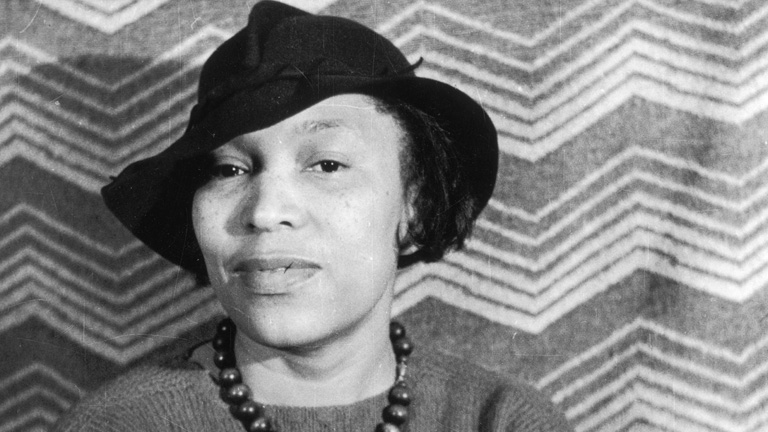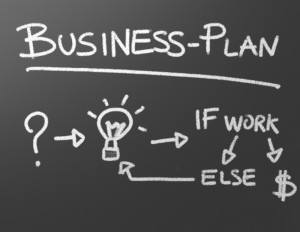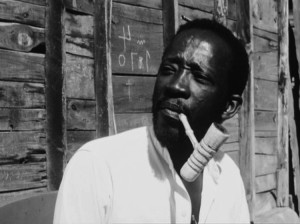Nutrition Tips For Entrepreneurs (and Everyone!)
Talia Whyte Business National Nutrition Month, nutrition

Being an entrepreneur is very stressful. You work all day, all night, seven days a week. Worrying about making a profit and meeting client demands can take its toll on your health. When we are stressed, many of us tend to eat more unhealthy food that in turn creates even more stress.
About ten ago I faced this dilemma myself, eating crappy food at all hours of the day and night. One day I went to my doctor about the stress and the constant stomach problems and headaches. She suggested that I take a closer look at my diet.
When I looked at my daily food intake, it wasn’t a good look; lots of breads, pasta, sweets, artificial drinks and meat with little fruits and vegetables.
“You also have a family history of diabetes, so you really have to take better care of yourself,” the doctor said.
At that point I realized that I needed to change my habits for the sake of my business and my health. Since then I have made better food choices:
Meat
Around that time, I started to eat less meat because it was expensive and red meat in particular bothered my stomach. So going mostly vegetarian was not a total stretch. Every once in a while, I’ll eat some chicken or turkey during special occasions, but I mostly eat beans and tofu for protein. I think going meatless has helped me feel better and lose some weight over the years.
Sweets
The human body is not designed for processed foods and will reject it. When I started eating more fruits and vegetables, I became less tempted to eat sweets. Every once in a while I might eat a Kit Kat, Skittles and the occasionally donut, but I mostly stay away from the artificial sugar.
Starch
I have a weakness for starches and bread and pasta are my worst enemies. About five years ago, a friend told me about flourless Ezekiel Bread and Barilla Plus pasta, both healthier alternatives. I also eat more brown rice and sweet potatoes.
Drinks
You will always see me with a water bottle or a cup of herbal tea. I only drink artificial drinks like fruit juices and soda at parties and other special events.
Here’s a breakdown of a typical day of meals:
On the left is food I generally eat everyday. On the right I listed foods I like to eat when I want to switch it up sometimes.
Breakfast
Oatmeal
Soy Milk
Ezekiel Bread
Apple/Clementine
Breakfast Favorites
Veggie or Tofu Omelette
Morning Glory or Bran Muffin
Ackee and Saltfish with baked dumplings
Mid Morning or Afternoon Snacks (what I usually eat everyday)
Granola Bar
Clif Bar
Dried Fruit and Nuts
Snack Favorites
Baked Chickpeas
Kale Chips
Popchips
Popcorn
Lunch
Chobani Greek Yogurt with Pineapples
Salad or Pita or Tortilla and Carrots with Hummus
Fruit
Lunch Favorites
Black Bean Salad
Kale Salad with Miso Sesame Dressing
Veggie Hummus Wrap
Tabouli Salad
Portobello Sandwich
Baked Sweet Potato Fries
Dinner
Brown Rice/Pasta
Vegetable
Protein
Dessert
Fruit
Stonyfield Chocolate Underground Yogurt
Dinner Favorites
Spaghetti Aglio e Olio
Pesto Lentils and Rice
Mujadarrah
Sauteed Kale and Tofu with Pasta
Bean Burrito
Spanakopita
Steamed Veggies and Tofu
Jerk Tofu Kebabs with Baked Festival


